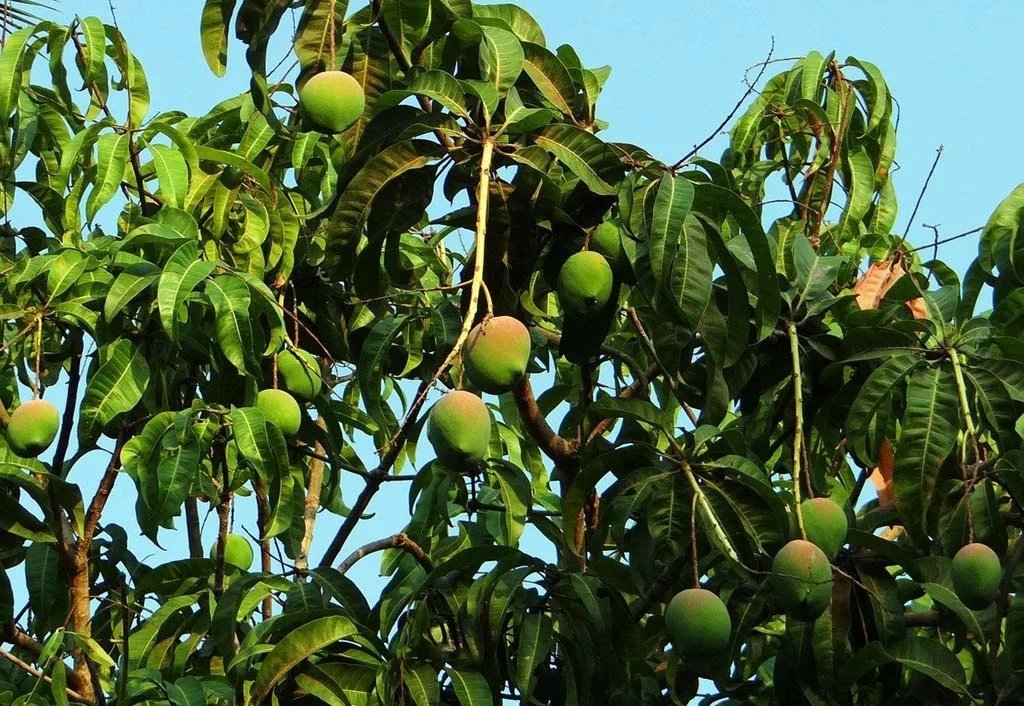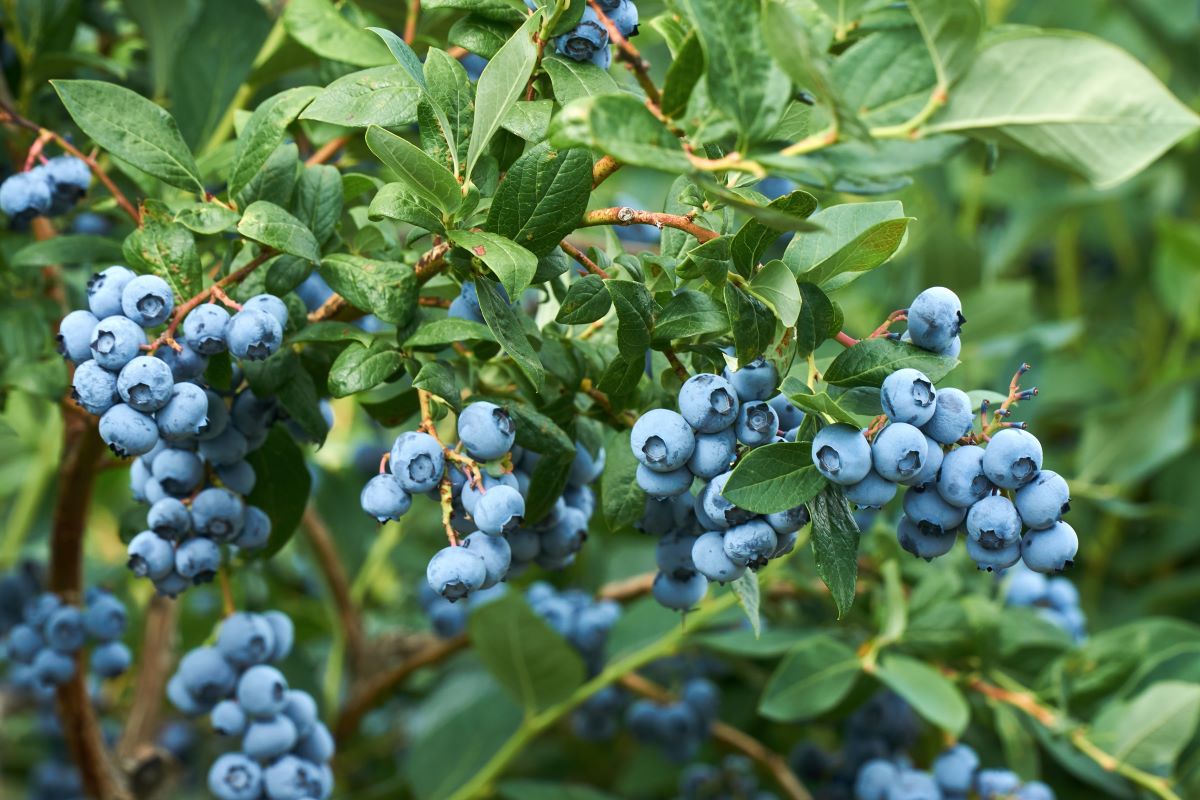- Home >
- Mulberry Trees
Mulberry Trees for Sale - Buying & Growing Guide
Do You Know Your Growing Zone? i Growing zones help determine if a particular plant is likely to grow well in a location. It identifies the average annual minimum winter temperatures across the U.S. provided as a map by the USDA.
2 Results
How to Grow Mulberry Trees
How to plant mulberry trees
Your mulberry sapling will grow best in full sun (six to eight hours daily), and fertile soil, with a pH between 5.5 and 6.5. They like good drainage so avoid areas that are prone to standing water after rain. Mulberries are large trees, so if you are planting more than one, space them roughly 50 feet apart depending on the variety.
Dig a hole that is twice as deep and wide as the root ball. Unpot, or unwrap, your tree and tease out any circling roots as these will eventually strangle the tree. Mix the soil in the bottom of the hole with well-rotted compost and place your sapling in the hole so that it is at the same level as it was in the pot. Fill the hole with topsoil amended with more compost.
Tamp down the soil around the root ball to eliminate air pockets, and water thoroughly. Apply a layer of organic mulch around the tree, building up some of it into a low berm, about a foot or so out from the trunk so that water does not run off.
How to achieve maximum results
Red mulberries are hardy to USDA hardiness zone 4, but if you are in zone 6 or higher we recommend the black mulberry, which has a more flavorful berry. Mulberries can be invasive so keep an eye on your tree’s growth. They are also bird magnets when the fruit is ripe, which can be a mixed blessing, leading to a messy area under the trees. You may find you will achieve maximum results by netting the trees when the berries are ripe so that you can have first dibs on the harvest.
How to Care for Mulberry Trees
Watering and nutrients
For the first season, water your mulberry tree whenever you are not getting an inch of rain per week. Once the tree is established and growing strongly, it will be fine on its own, unless you are experiencing drought conditions. During drought, water thoroughly once a week.
Your mulberry does not need a lot of fertilizer. A spring application of a balanced fertilizer for landscape trees, such as 10-10-10, is more than enough. Sprinkle it under the canopy, and water, avoiding the trunk.
Pollination
Most commercial mulberry trees are propagated from cuttings taken from a parent tree. Mulberries are unusual, some varieties are monoecious (male and female flowers on the same tree) and some are dioecious (male and female flowers on different trees). Most black mulberries are monoecious, which means you do not need to plant more than one to have fruit. Pollination of these types happens simply through the action of the wind.
Pruning
Mulberries do not need much pruning, in fact, they do not heal well from cuts so it is best to avoid doing too much trimming. In early spring before bud break, assess your tree for broken or diseased branches and cut these out. When two branches are rubbing against one another, cut out one of them. Otherwise, allow the tree to assume its natural shape.
Pests and diseases
Few pests will bother a mature mulberry enough to need remediation. On young trees, watch for aphids, whiteflies, scale insects, and mealybugs. A blast of water from the hose will wash off light infestations. The judicious application of horticultural oil is also beneficial in keeping the insect populations at a manageable level.
Diseases that impact mulberry trees include canker, powdery mildew, and cotton root rot. Avoid these diseases by planting resistant varieties, and keeping the area around your tree clean and free of disease.
Harvesting
Black mulberry trees are the easiest to harvest, as the trees are smaller than other varieties and can be trained to a bush-like form. Hand-pick once the fruit has softened and is the color of blackberries. They can also be harvested by spreading a sheet or tarp under the tree, and shaking the trunk so that ripe fruit falls off. The fruit goes bad quickly once it has been picked so refrigerate your harvest and use it as soon as possible.





